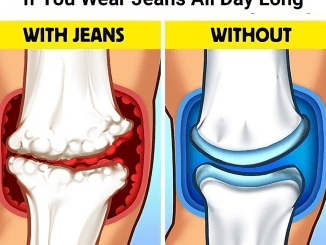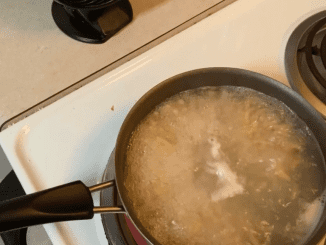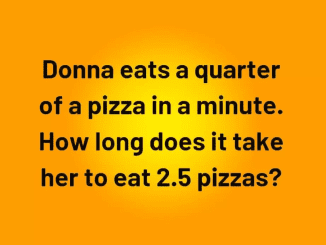At first glance, the two images above seem identical—a cheerful girl holding a string in front of a flowerbed on a sunny day. But look a little closer, and you’ll see this is no ordinary picture. Hidden within the scene are three subtle differences, and only the most observant people will be able to find them quickly.
This type of puzzle isn’t just fun—it’s an engaging way to sharpen your attention to detail. So, can you find all three changes?

Why These Puzzles Are Trickier Than They Look
You might think spotting differences between two images is easy. But many people miss the mark because these puzzles are designed to fool your brain. Here’s why:
- Visual overload: The brain tries to process both images as a whole, so small changes go unnoticed.
- Assumptions: Our eyes tend to “fill in the blanks,” assuming the two images are the same.
- Focus errors: People often concentrate only on the main subject (the girl) and ignore the background details.
To succeed, you’ll need to slow down, examine each section carefully, and resist the urge to rush.
Let’s Solve It Together—Step by Step
If you haven’t found the differences yet, take another good look now. But if you’re ready for the solution, here’s how the images differ:
Video : 🚀Spot the difference] 👍Find 3 differences spot Challenge game! Brain test
Difference #1: The Girl’s Mouth Is Different
In the left image, the girl has a small open smile. But in the right image, her mouth is completely missing. This is a detail that’s easy to overlook because we naturally focus on her eyes or outfit instead of her mouth.
✅ First Difference: The girl’s mouth is missing in the right image.
Difference #2: A Flower Petal Has Disappeared
Now focus on the flowerbed to the left. In the left image, one flower has five petals, but in the right image, one of those petals is missing. This is a clever detail because the flowers look so similar at first glance.
✅ Second Difference: One flower on the left side has a missing petal in the right image.
Difference #3: The Girl Is Holding a Key
Look closely at the girl’s hand that’s extended. In the left image, she’s holding a small key by a string. In the right image, the key is missing completely—just the string is dangling. This difference blends in because our brain assumes the object is still there.
✅ Third Difference: The key the girl is holding is missing in the right image.
Here’s a Quick Recap of the 3 Differences (circled in red above):
- The girl’s mouth is missing in the right image.
- A petal is missing from one of the flowers in the right image.
- The key in the girl’s hand is gone in the right image.

Did You Find Them All Without Help?
Be honest—how many did you get on your own?
- All 3? You’ve got eagle eyes!
- 2 out of 3? That’s impressive.
- Just 1? You’re warming up—keep practicing!
If you didn’t spot any, don’t worry. These puzzles are harder than they seem and are designed to challenge your observation skills.
What Makes People Miss the Obvious
Many solvers fall into the same traps:
- They focus too much on the girl’s clothes or the bright pink walls.
- They ignore repetitive elements like flowers, thinking nothing could change.
- They assume the biggest items (lamp, window, etc.) will be the only elements edited.
To become better at these puzzles, try this approach:
- Scan the image systematically—start at the top and work your way down.
- Compare each small section of the image side by side.
- Pay special attention to symmetrical details like facial features or repeated shapes.
Video : Spot the difference|Japanese Pictures Puzzle No752
Invite Others to Try
Now that you’ve cracked the puzzle, challenge someone else! Share the image with a friend or family member and see if they can find the differences faster than you did. These puzzles are great for both kids and adults, making them perfect for short brain breaks at home, work, or school.
Conclusion: It’s All About the Little Things
This “Find 3 Differences” puzzle may look simple, but it proves how powerful attention to detail really is. From a missing mouth to a small flower petal, the tiniest details can make the biggest difference.
Solving puzzles like these improves your visual awareness, memory, and logical thinking—all while keeping things fun and lighthearted. So, keep looking closely, stay curious, and train your brain every day.
And remember: the answers are in the little things—you just have to see them.


